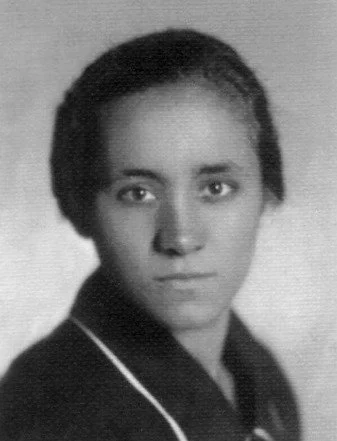Comfort & Joy
Photo from Prof. Dr. Engr. Shaun José Rodrigues
When I heard Chris Stefanick talk about his five points to the Gospel message, I was surprised to find out that his second point---we are all broken---was the easiest one to convince people of. I thought that saying this would offend people. Then again, we all know our own failures better than anyone else so I guess it should have come as no surprise that people can readily accept this.
Our brokenness shows up in many ways. Maybe, you’ve made some huge mistakes in the past that are still haunting you today. Or perhaps, you keep making the same small mistakes over and over again. You may have some self-destructive habits that you can’t seem to break. Or maybe you have some long-term resentment at people who have hurt you in the past. If you’re like me, you have experienced all of these expressions of brokenness.
Bur here’s the good news (actually incredibly great news). God loves each of us with a love that is even stronger than a mother for her newborn child. Because of his love for you, he wasn’t okay with leaving you in your brokenness. He sent Jesus into the world to heal you. Jesus went to the cross to show you how much you are loved. St. Augustine once said, “If you were the only person on earth, Christ would have still suffered and died for you.” Christ would have gone through all of that pain and torture just for you.
Everyone has seen that fan at football games holding up the Jn 3:16 sign. He didn’t pick that verse at random.
For God so loved the world that he gave his only-begotten son that whoever believes in him should not perish but have eternal life. (Jn 3:16)
What a great verse! But I think the next one is even better:
For God sent the son into the world, not to condemn the world but to save it. (Jn 3:17)
I think it’s hard to grasp that kind of love. So, I’d like to offer a story of someone who lived in the recent past who gave us a glimpse of God’s love for every person and the way in which God seeks to heal our brokenness.
Agnes Bojaxhiu was born on Aug. 26, 1910 in Albania. At the young age of 18, Agnes heard the call to religious life and entered the Irish order of the Sisters of Loretto. She took on the name of Sister Teresa. She was sent to be a geography teacher at a wealthy, private school in Calcutta, India.
In 1946, while travelling by train to her annual retreat, she suddenly heard Jesus speak to her in her heart. “It was an order,” she was to say. “I had to abandon the comfort of my convent, give up everything and follow him…to serve him, Jesus Christ, through the poorest of the poor.” 1
She applied and received permission to start her own religious order (the Missionaries of Charity) that would “nurse the sick and dying of the slums, to educate the children of the streets, to take care of the beggars, to give a shelter to abandoned ones.” 1
For the next 45 years, Mother Teresa and her sisters cared for over 100,000 people at her hospice. Despite being in a religiously diverse country, Mother Teresa did not discriminate among those she served. All were welcome. She was famous for saying, “If you judge people, you have no time to love them.” In Calcutta at that time, she would literally find people sick and dying in the street gutters. She recognized that even though she could not save the lives of most of these people, she could bring them into her hospice and show them the love and dignity and human presence they so sorely needed at the end of their lives. A poster hung on the wall in the hospice that read, “Nowadays the most horrible disease is not leprosy or tuberculosis. It is the feeling to be undesirable, rejected, abandoned by all.” 1
The Missionaries of Charity grew and now number 4,500 nuns serving in 133 countries. In addition to their hospice work, they have established orphanages and clinics that serve people with diseases such as leprosy and AIDS. Mother Teresa did not think everyone was called to serve in the same way as her. She said, “We can cure physical diseases with medicine, but the only cure for loneliness, despair, and hopelessness is love. There are many in the world who are dying for a piece of bread but there are many more dying for a little love. The poverty in the West is a different kind of poverty—it is not only a poverty of loneliness but also of spirituality. There’s a hunger for love, as there is a hunger for God.”
If you can’t tell, Mother Teresa (now St. Teresa of Calcutta) is one of my all-time favorite saints and has had a huge impact on my life. She is a great reminder of God’s incredible love for each of us this Christmas season, how he comes to us in our brokenness, and how we can bring that love into our part of the world today.
“The Poor Must Be Loved”. Dominique LaPierre. The Spokesman-Review. 'The Poor Must Be Loved' Her Message Was Forged In A Caldron Of Misery | The Spokesman-Review
Photo Caption: Mother Teresa as a teenager

